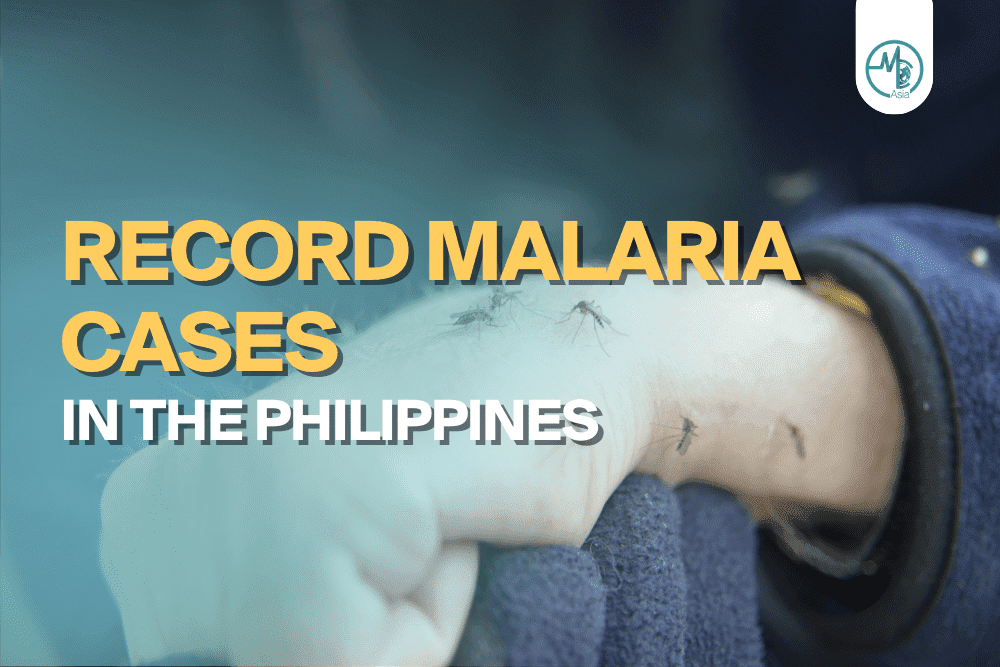The Department of Health (DOH) has recorded a concerning rise in malaria cases in the Philippines.
From January to September 2023, there were 4,777 reported cases, compared to 3,207 cases during the same period in 2022. This uptick highlights the pressing need for proactive measures and public awareness to address the growing threat of malaria in the country.
Malaria, a life-threatening disease caused by parasites transmitted through the bites of infected mosquitoes, continues to pose a significant global health challenge. In a recent media briefing, Dr Jhobert Bernal, the technical supervisor of the National Reference Laboratories for Malaria and Other Parasites, emphasised the crucial role of early detection and accurate diagnosis in preventing malaria transmission within communities. The importance of timely intervention becomes even more apparent as global malaria cases increase to 247 million in 2021, according to data from the World Health Organization.
Common Signs and Symptoms
The public must recognise common clinical signs and symptoms of malaria, such as chills, fever, sweating, headaches, nausea, stomach, and body pain. Dr Bernal stressed the importance of seeking immediate medical attention when experiencing these symptoms, as delays in diagnosis and treatment can lead to severe consequences, including death.
High-Prevalence Areas
Dr Bernal identified three provinces in the Philippines with high malaria prevalence: Occidental Mindoro, Sultan Kudarat, and Palawan. These areas account for 80-90% of total cases and are particularly common among individuals aged 19 years and below. Understanding the geographical distribution of malaria cases is essential for targeted interventions and resource allocation.
Preventive Measures
Prevention remains the first line of defence against malaria, especially in endemic regions. Using long-lasting insecticide-treated mosquito nets and implementing quality indoor residual spraying are effective strategies to reduce malaria transmission significantly. These preventive measures play a crucial role in protecting vulnerable communities from the impact of this disease.
The Role of Early Detection
Dr. Kim Patrick Tejano, Medical Officer 4 of the Disease Prevention and Control Bureau of the DOH, emphasised the equal importance of early detection and the completion of anti-malarial treatment. Timely identification of the disease allows for swift intervention, preventing further transmission within communities and reducing the risk of severe complications.
Conclusion
As malaria continues to affect millions of lives globally, it is important for communities, health organisations, and governments to work collaboratively in implementing proactive measures. Early detection, accurate diagnosis, and timely treatment are pivotal in reducing the spread of malaria. Public awareness campaigns, combined with targeted interventions in high-prevalence areas, can contribute to the overall goal of decreasing malaria cases and improving the health outcomes of vulnerable populations.

